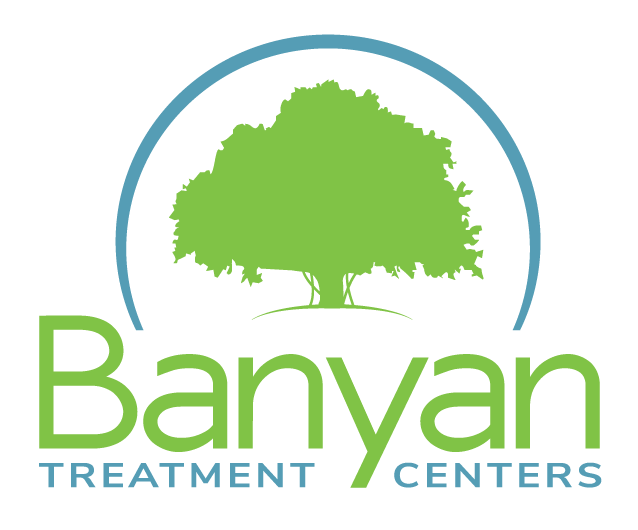Identify your problem source.
Challenge your thoughts and awareness.
Change your actions.
This is the simple basis for how Cognitive Behavioral Therapy (CBT) works. CBT is a short-term psychotherapy technique which focuses on how thoughts, beliefs, and attitudes affect feelings and behavior. The goal of CBT is to teach coping skills for dealing with different problems. It first came on the scene about forty years ago as a means of treating depression. Jumbled and distorted thinking can lead to stressful problematic behaviors, whereas thinking with less negativity allows a person to respond to challenges in an effective way. When an individual experiences a stressful event, automatic thoughts come to mind that lead to negative moods and emotions. Research has proven that using CBT to break down large problems into smaller, manageable ones removes the ‘overwhelming’ aspect of dealing with these issues. The technique has been shown to help not only those with depression and panic disorders, but also those with post-traumatic stress disorder, generalized anxiety, insomnia, social phobia, childhood depression, anger, marital conflict, substance abuse, schizophrenia, bipolar disorder, borderline personality, dental phobia, eating disorders, and many other health and mental illnesses. However, in order for cognitive behavioral therapy to be successful, both patient and therapist (whether a counselor, nurse, or doctor) need to have an open line of communication and the common goal of recovery in mind. With a healthy collaboration, the root cause of the problem can be clearly identified, realistic and attainable goals can be set, and continual feedback can be used to adjust therapy as needed. Here are some things your therapist may ask you to think about or change in your daily life:- Identify problem areas
- Awareness of automatic thoughts
- Distinguish rational and irrational conclusions
- Stop negative thinking
- Challenge underlying assumptions
- See a situation from different perspectives
- Stop catastrophizing (thinking the worst)
- Identifying what is realistic; is what you think really true?
- Test perceptions against reality
- Correct thinking so that it more closely resembles reality
- Examine the validity and usefulness of a particular thought
- Identify and modify distorted beliefs
- Mood awareness
- Keeping a cognitive behavioral diary
- Gradual exposure to fears
- Stop "mind reading" and "fortune telling" practices
- Avoiding generalizations and all or nothing thinking
- Stop personalizing and taking blame
- Focus on how things are rather than how they should be
- Describe, accept, and understand rather than judge








